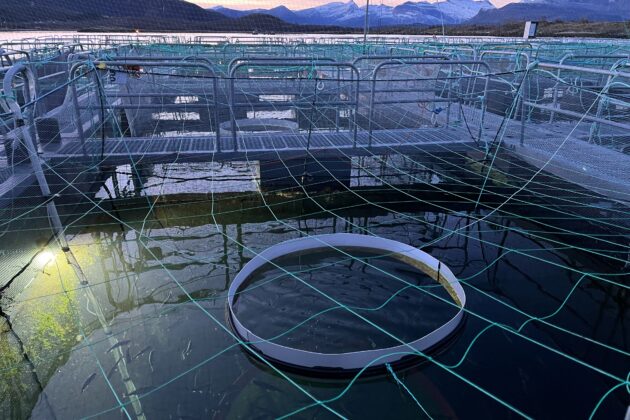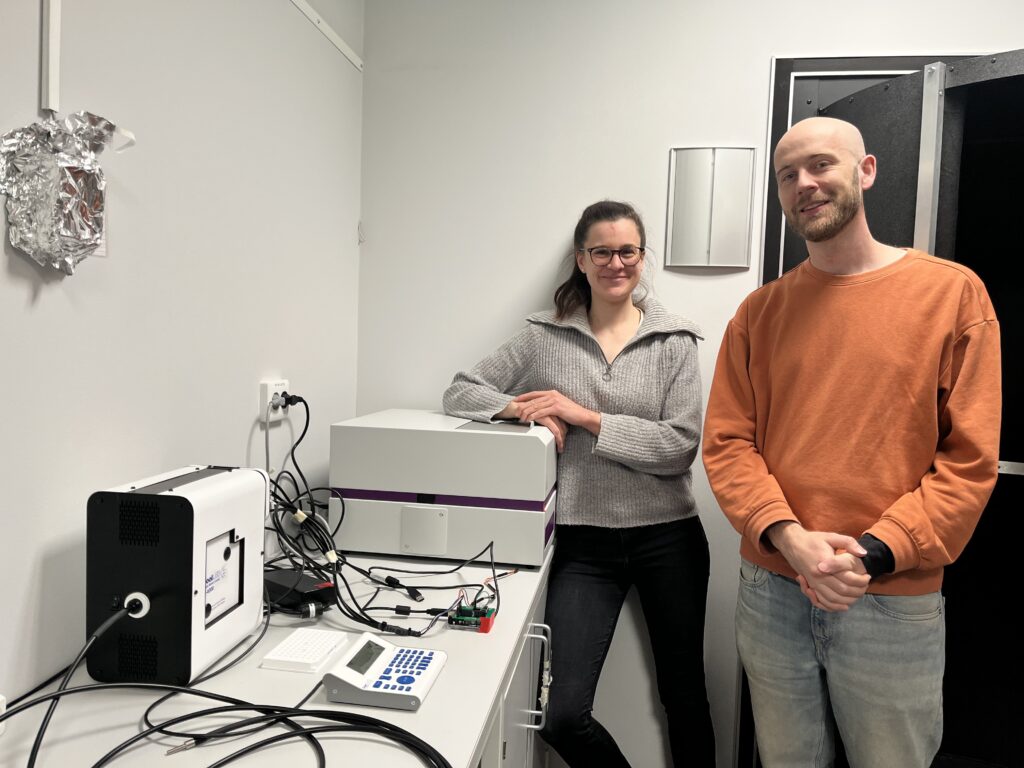New research illuminates the needs of farmed salmon

Scientists in Norway have begun examining how farmed salmon and rainbow trout perceive the light in their environment. Their aim is to provide recommendations to fish farmers on the use of lighting from hatching to harvest for both species.
Light control is widely used in aquaculture to promote healthy growth, synchronise smoltification, and prevent early sexual maturation. This is achieved by adjusting the intensity, quality, and timing of the light surrounding the fish.
By now considering the light environment from the fish’s perspective, the scientists intend to recommend light regimes that are optimally adapted to the biology of the fish at all times.
This work is expected to contribute to improved welfare in Norwegian salmon farming.
Survey launched
Project leader Anja Striberny from Nofima and her colleagues are currently mapping out how light is used in the industry in Norway.
“There are more than a thousand scientific articles on the effects of light on salmon and trout. Fish farmers have requested a knowledge-based overview, so we have launched a survey about their light control. We hope industry players will respond, so we can connect research-based knowledge with practical experience,” says Striberny.
The project group will also review the scientific literature and conduct new experiments with fish and light.
There are still significant gaps in our understanding of how light affects salmon. One fundamental challenge is that light is currently measured in lux, a unit based on the human eye. The team led by Alexander West is working to characterise the light response of light-sensitive proteins, known as opsins, in salmon.
“Humans have only a few opsins, while salmon have more than fifty. Characterising these is an important step towards measuring light from the salmon’s perspective,” says West, a scientist at UiT – The Arctic University of Norway.

Practice must match the light needs of salmon
While scientists at SINTEF Ocean will characterise some of the unknown light environments, Nofima and NORCE will test what different light qualities mean for salmon physiology and welfare.
The “IllumiAkva” project is a collaboration between a broad group from both science and industry. Research partners include Nofima, UiT, SINTEF Ocean, NORCE, the University of Manchester, and the Research Institute for Farm Animal Biology (FBN). Industry partners are Salmar Settefisk, Grieg Seafood, and NCE Aquaculture.
The project is funded by FHF – the Norwegian Seafood Research Fund – and will run until June 2028. More information about the project can be found at fhf.no.
Contact person
Research areas
Farmed fish
Files and Links
